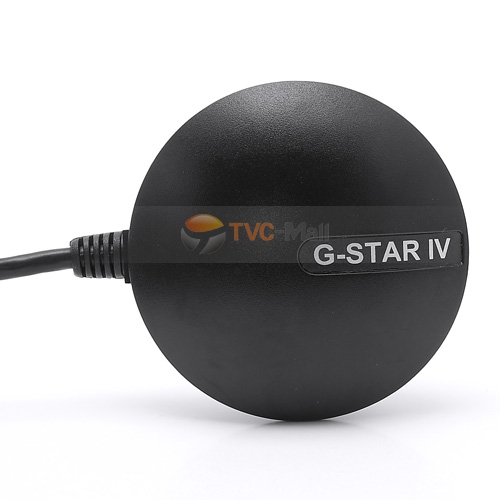Apart from really useful advances such as better power management, improved accuracy and better time-to-fix, the new chip from CSR, has an interesting feature in the form of their smart sensor interface. This provides “to improve the location experience, enable greater context awareness and open the door to superior indoor positioning accuracy”. This includes a variety of means including picking up satellite signals “opportunistically”, sensing temperature (?) and context(?) changes. Sensors may be connected via its own I2C interface. Or via a specific MEMS (Micro Electro-Mechanical Systems) port – in a word using accelerometers to measure distance and direction when satellite signals are lost.
So one now sees the components (GPS, MEMS) of the new phones coming together to offer some very interesting possibilities. Furthermore, the SIRF literature indicates that the chip comes pre-ported for Android. Give me one now! (please). All of this can only be a good thing for LocoMatrix.
Something that I must do is to get my head around these MEMS devices. Can one plot direction and distance with any degree of accuracy and reproducibility? Anyone know?
Interestingly my first proper job (working for the Medical Research Council) was to build accelerometer boxes for divers. A problem for divers working in North Sea environments was that they would get colder and colder without realising it and go into a kind of sleep, after which death was just around the corner. By monitoring their movement, the dive manager would be able to recall divers who started to look drowsy. Back then (around 1980) accelerometers cost around £200 and 3 were needed to record XYZ movements.

![Reblog this post [with Zemanta]](http://img.zemanta.com/reblog_e.png?x-id=f87549d0-48a6-465d-83b7-7c8673fb926c)
The MEMS sensor interfacing is to enable the SSIV chip to detect motion and determine whether you are indoors or outdoors. It is not about dead reckoning. If you are sitting in a movie theater, there is no need to power up to get a location fix, but other movements may indicate an opportunity to grab some satellite data to update current location. The built-in temp sensor can be used for this purpose, too, (it may be warmer or colder outdoors) but it is also used to help calibrate the internal clock of the SSIV chip for more accuracy.
Thanks for that, Mark. I thought it might be too good to be true, but I can see the sense in what they are trying to do. This extra data might eventually be used in an interesting way for game-play, or I guess if one is using a GPS game inside, a system of gesturing could be used for indicating where you are.